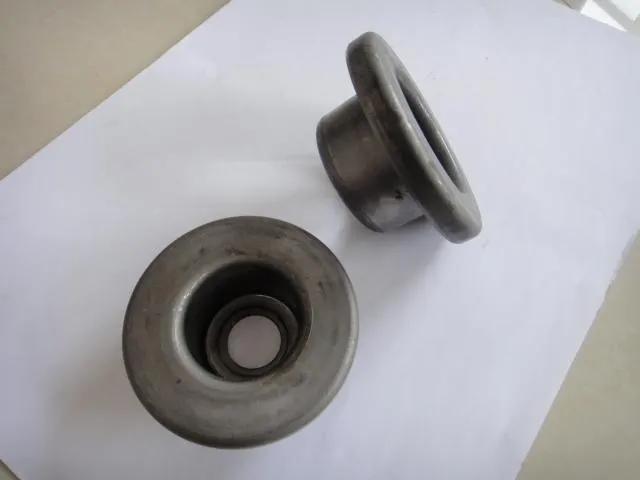 Afrikaans
Afrikaans  Albanian
Albanian  Amharic
Amharic  Arabic
Arabic  Armenian
Armenian  Azerbaijani
Azerbaijani  Basque
Basque  Belarusian
Belarusian  Bengali
Bengali  Bosnian
Bosnian  Bulgarian
Bulgarian  Catalan
Catalan  Cebuano
Cebuano  Corsican
Corsican  Croatian
Croatian  Czech
Czech  Danish
Danish  Dutch
Dutch  English
English  Esperanto
Esperanto  Estonian
Estonian  Finnish
Finnish  French
French  Frisian
Frisian  Galician
Galician  Georgian
Georgian  German
German  Greek
Greek  Gujarati
Gujarati  Haitian Creole
Haitian Creole  hausa
hausa  hawaiian
hawaiian  Hebrew
Hebrew  Hindi
Hindi  Miao
Miao  Hungarian
Hungarian  Icelandic
Icelandic  igbo
igbo  Indonesian
Indonesian  irish
irish  Italian
Italian  Japanese
Japanese  Javanese
Javanese  Kannada
Kannada  kazakh
kazakh  Khmer
Khmer  Rwandese
Rwandese  Korean
Korean  Kurdish
Kurdish  Kyrgyz
Kyrgyz  Lao
Lao  Latin
Latin  Latvian
Latvian  Lithuanian
Lithuanian  Luxembourgish
Luxembourgish  Macedonian
Macedonian  Malgashi
Malgashi  Malay
Malay  Malayalam
Malayalam  Maltese
Maltese  Maori
Maori  Marathi
Marathi  Mongolian
Mongolian  Myanmar
Myanmar  Nepali
Nepali  Norwegian
Norwegian  Norwegian
Norwegian  Occitan
Occitan  Pashto
Pashto  Persian
Persian  Polish
Polish  Portuguese
Portuguese  Punjabi
Punjabi  Romanian
Romanian  Russian
Russian  Samoan
Samoan  Scottish Gaelic
Scottish Gaelic  Serbian
Serbian  Sesotho
Sesotho  Shona
Shona  Sindhi
Sindhi  Sinhala
Sinhala  Slovak
Slovak  Slovenian
Slovenian  Somali
Somali  Spanish
Spanish  Sundanese
Sundanese  Swahili
Swahili  Swedish
Swedish  Tagalog
Tagalog  Tajik
Tajik  Tamil
Tamil  Tatar
Tatar  Telugu
Telugu  Thai
Thai  Turkish
Turkish  Turkmen
Turkmen  Ukrainian
Ukrainian  Urdu
Urdu  Uighur
Uighur  Uzbek
Uzbek  Vietnamese
Vietnamese  Welsh
Welsh  Bantu
Bantu  Yiddish
Yiddish  Yoruba
Yoruba  Zulu
Zulu V-Belt Tensioner Pulley Performance and Maintenance Guide for Optimal Functionality
Understanding V-Belt Tensioner Pulleys Key Components in Engine Performance
When it comes to efficient engine performance, the V-belt tensioner pulley plays a crucial role. Often overlooked, this component is integral to maintaining the proper tension in the V-belt, which is essential for transferring power from the engine’s crankshaft to various accessories, including the alternator, water pump, air conditioning compressor, and power steering pump. In this article, we will explore the importance of the V-belt tensioner pulley, how it works, and its role in ensuring the longevity and efficiency of an engine.
What is a V-Belt Tensioner Pulley?
A V-belt tensioner pulley is a mechanical component that helps to maintain the correct tension on the V-belt. It typically consists of a pulley mounted on a spring-loaded arm. This design allows the tensioner to adjust automatically to changes in belt length due to stretching or wear, ensuring that the V-belt remains tightly secured against the pulleys it drives. Without a properly functioning tensioner pulley, the V-belt can become loose or slip, leading to a variety of performance issues.
How Does It Work?
The tensioner pulley operates based on a combination of spring tension and pivoting mechanics. When the engine runs, the V-belt engages with various pulleys, and as it begins to stretch or wear, the tensioner pulley compensates for this change by adjusting its position. The spring loaded mechanism allows the tensioner to exert adequate force on the belt to prevent it from slipping while also allowing for some flexibility to adapt to the subtle changes in length that occur during engine operation.
One of the significant advantages of a tensioner pulley is its automatic adjustment capability, which eliminates the need for manual tensioning in many modern vehicles. This feature enhances convenience for car owners and mechanics alike, ensuring optimal performance with minimal service needs.
Importance of Tensioner Pulleys
v belt tensioner pulley

1. Optimal Power Transmission The tensioner pulley ensures that the V-belt maintains the correct tension and alignment, which is critical for efficient power transmission. Any slip in the belt can lead to power loss and diminished performance of the accessories that rely on it.
2. Prevention of Belt Wear A properly functioning tensioner pulley reduces unwanted friction and wear on the V-belt, prolonging its lifespan. By exerting the right amount of pressure, the tensioner prevents the belt from hitting the edges of the pulleys, which can lead to premature failure.
3. Reduction of Engine Noise A loose or failing tensioner can lead to increased noise levels from the engine, caused by the belt chattering against the pulleys. Keeping the tensioner in good working order helps to minimize these noises, resulting in a quieter and more pleasant driving experience.
4. Lower Risk of Accessory Failure If the V-belt fails due to improper tension, it can cause critical accessories like the alternator or water pump to stop functioning. This can lead to battery drainage or overheating. A reliable tensioner pulley mitigates these risks, contributing to overall vehicle reliability.
Maintenance and Replacement
V-belt tensioner pulleys are designed to be durable, but like any mechanical component, they can wear out over time. Common signs of a failing tensioner include squeaking noises, visible wear on the belt, or the belt slipping off the pulleys. Regular inspection of the tensioner and V-belt during routine vehicle maintenance can help identify issues early. If a tensioner pulley is found to be defective, it’s advisable to replace it promptly to avoid potential engine damage or accessory failure.
Conclusion
In conclusion, the V-belt tensioner pulley is a vital component that plays a significant role in engine performance and accessory operation. Understanding its function and importance can help vehicle owners appreciate the intricacies of their machines and the necessity for regular maintenance. By ensuring that the tensioner is in good condition, you can keep your engine running smoothly and prolong the lifespan of your vehicle's components.
-
Revolutionizing Conveyor Reliability with Advanced Rubber Lagging PulleysNewsJul.22,2025
-
Powering Precision and Durability with Expert Manufacturers of Conveyor ComponentsNewsJul.22,2025
-
Optimizing Conveyor Systems with Advanced Conveyor AccessoriesNewsJul.22,2025
-
Maximize Conveyor Efficiency with Quality Conveyor Idler PulleysNewsJul.22,2025
-
Future-Proof Your Conveyor System with High-Performance Polyurethane RollerNewsJul.22,2025
-
Driving Efficiency Forward with Quality Idlers and RollersNewsJul.22,2025





























